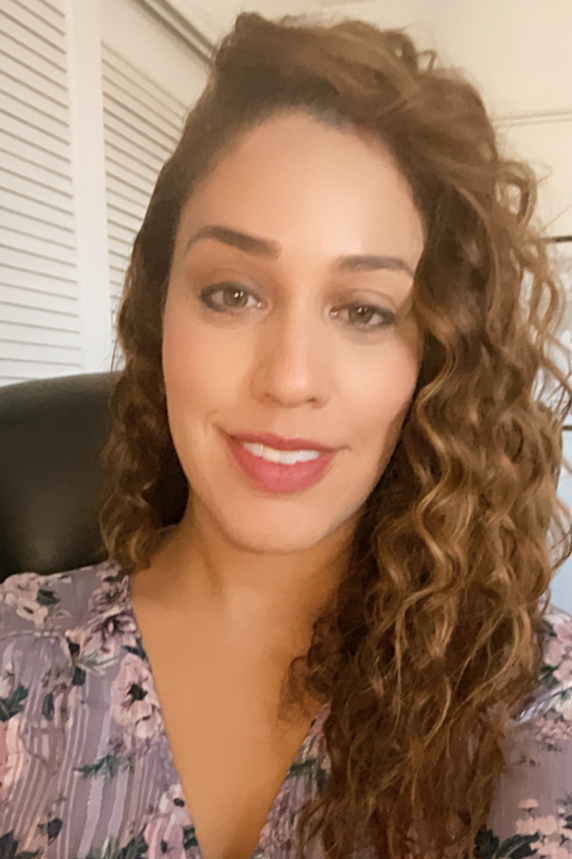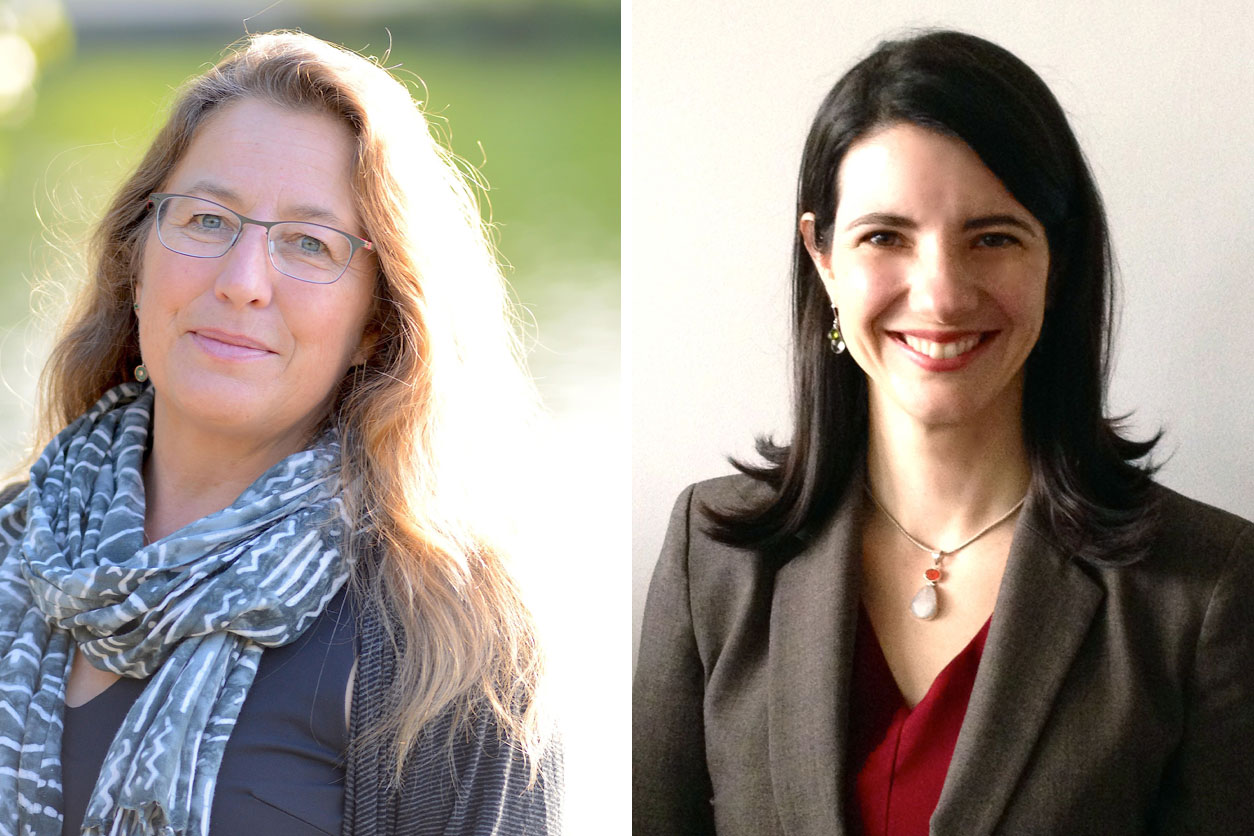Environmental Factor – April 2022: Linguistic justice strengthens worker safety and empowers people, experts say
Inclusion requires more effort to create multilingual spaces, according to speakers during a March 2 webinar titled “Promoting Environmental and Occupational Public Health through Linguistic Justice.” NIEHS Partnerships for Environmental Public Health (PEPH) hosted the event.
Linguistic justice is the right of every person to speak, understand and be understood in the language they prefer and in which they feel most articulate and powerful, according to the American Bar Association. Beyond legal frameworks, the principle is important when it comes to working with communities to share research information related to environmental and occupational health, noted the director of the NIEHS Worker Training Program (WTP). Sharon’s Beard.
“A critical need in community engagement is access to information, and access to research and participation in training can be limited by language barriers,” she said. “By communicating with community partners in their native language, academic and training programs build trust, empower community members, and promote environmental and occupational public health.”
According to Beard, WTP has adopted the American Public Health Association’s policy titled “Ensuring linguistic justice in occupational safety and health training.”
“Linguistic justice is imperative not only for the well-being of workers, but also for the economic prosperity of the United States,” the policy states. “Linguistic justice in training can increase worker safety and, in turn, reduce injuries and fatalities, decrease workers’ compensation claims, and increase worker productivity and morale.”
Inclusive language spaces
“Linguistic justice is only as strong as the resources given to it,” according to Jessica Martinez co-executive director of the National Council for Occupational Safety and Health (COSH).
Martinez, who speaks English, Spanish and Portuguese, noted that skilled interpreters, translators and the use of translation equipment are necessary but not sufficient to create multilingual spaces. She suggested the following best practices.
 Martinez said having a team of interpreters is recommended for multilingual events, and she added that just because someone is bilingual does not mean they are a qualified interpreter. Training and education are key, so be prepared to invest. (Photo courtesy of Jessica Martinez)
Martinez said having a team of interpreters is recommended for multilingual events, and she added that just because someone is bilingual does not mean they are a qualified interpreter. Training and education are key, so be prepared to invest. (Photo courtesy of Jessica Martinez)- Speak at a moderate pace.
- One person speaks at a time.
- Explain acronyms.
- Reduce the use of figures of speech.
Multilingual messaging
Using multiple languages in outreach and education materials is a key part of translating environmental health science research, participants noted.
BJ Cummings and Lisa Hayward, Ph.D., colleagues from the University of Washington’s NIEHS-funded Superfund research program, shared examples in which they created a series of multilingual videos to promote public health initiatives. Trusted language ambassadors from the community have been essential to the success of their efforts, they said.
Seeking to promote knowledge about fish safely near the Duwamish River in Seattlethey have developed nine videos in four languages (English, Spanish, Vietnameseand Cambodian).
 Cummings, left,’s linguistic justice efforts began in the multilingual communities of Seattle’s Duwamish River two decades ago. The river had been contaminated with sewage, toxic chemicals and stormwater runoff. Hayward, right, began working on language justice issues nearly a decade ago while at the Northwest Climate Adaptation Science Center. (Photos courtesy of BJ Cummings and Lisa Hayward, respectively)
Cummings, left,’s linguistic justice efforts began in the multilingual communities of Seattle’s Duwamish River two decades ago. The river had been contaminated with sewage, toxic chemicals and stormwater runoff. Hayward, right, began working on language justice issues nearly a decade ago while at the Northwest Climate Adaptation Science Center. (Photos courtesy of BJ Cummings and Lisa Hayward, respectively)“Then we found ourselves in a good position to create a multilingual COVID-19 video series,” Hayward said. When the pandemic hit Washington state, one of the first infection hotspots in the United States, Cummings and Hayward created a series of videos as a stopgap.
“Language is a powerful tool for building leadership, transforming power and empowering marginalized communities,” Cummings said. “When we pursue language justice, we are not just ensuring access to language translation, but we are seeking to shift power dynamics to a more equitable and inclusive platform to fully engage with communities. in research and decision making.
Podcasts and pictograms
Participants learned new ways to create multilingual spaces in meetings and learning materials.
Suggestions included hosting multilingual listening sessions and breakout rooms, creating pictograms and infographics in multiple languages, and hosting podcasts or radio shows in multiple languages to reach segments larger audiences.
“Recognize that the work is long term,” Martinez said. “Keep talking about it, keep exploring it. We are all learning and we can all improve it.
In closing, Beard reminded attendees that the NIEHS offers conference support and administrative supplements that could be used to help grantees incorporate language justice into community engagement efforts.
(Jennifer Harker, Ph.D., is a technical writer-writer in the Office of Communications and Public Liaison at NIEHS.)


Comments are closed.